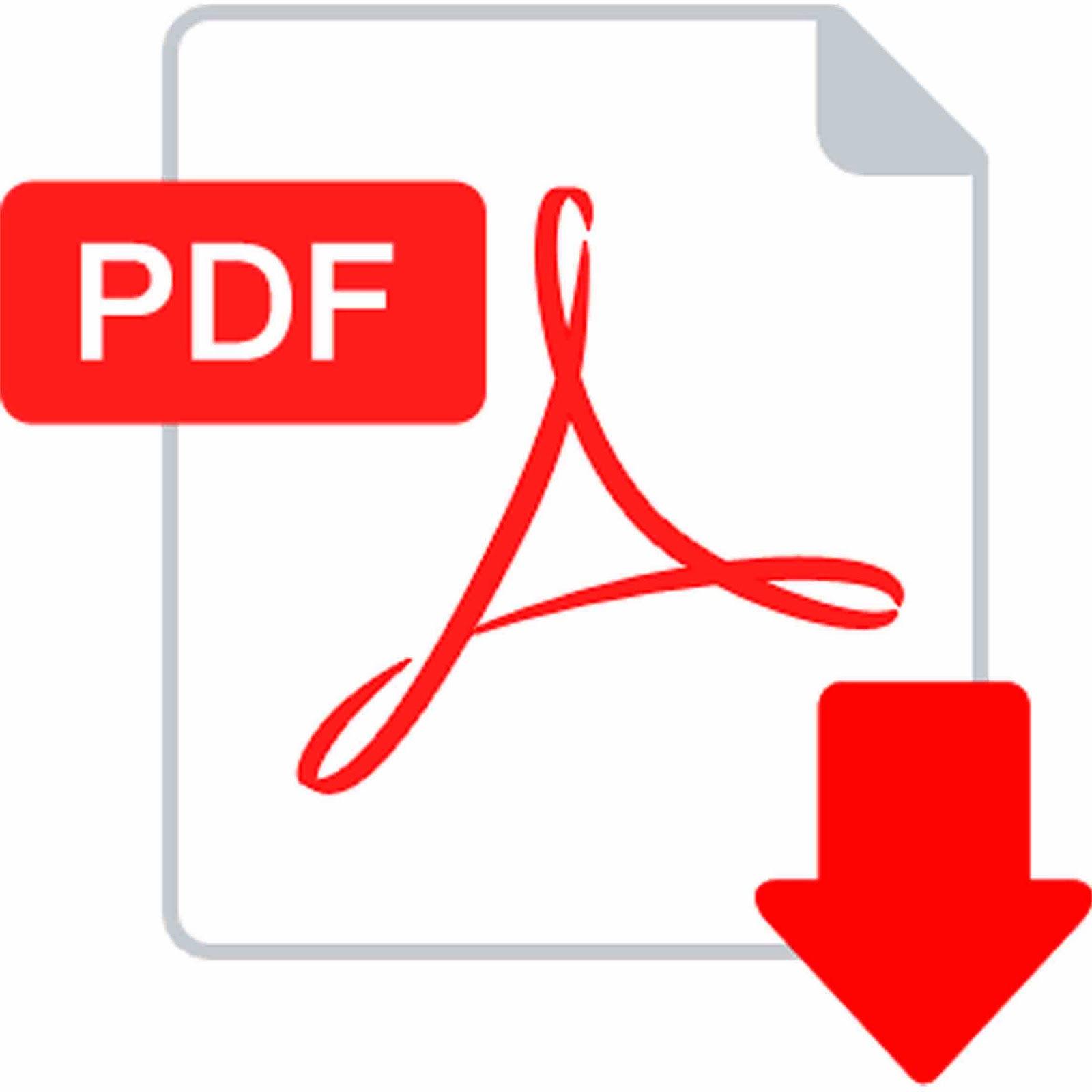| JEL Classification: G12; G21; G31. | DOI: https://doi.org/10.31521/modecon.V51(2025)-31 |
Trusova Natalia, Doctor of Economic Sciences, Professor, Professor of the Department of Finance, Accounting and Taxation, Dmytro Motornyi Tavria State Agrotechnological University, Zaporizhzhia, Ukraine
ORCID ID: 0000-0001-9773-4534
e-mail: trusova_natalya5@ukr.net
Melnyk Leonid, Doctor of Economic Sciences, Professor, Head of the Department of Finance and Economic Security, National University of Water Management and Environmental Engineering, Rivne, Ukraine
ORCID ID: 0000-0003-3628-9160
e-mail: l.v.melnyk@nuwm.edu.ua
Credit and Investment Activities of Banks in the Context of Financial Globalization
Abstract. Introduction. The article examines the features of credit and investment activities in the interbank market. In the context of financial globalization, these activities accelerate the activation of risk signals in the bank-ing industry due to external and internal factors.
Purpose. A comprehensive methodological approach is implemented to assess stress indicators of banks’ credit and investment activities, ensuring the protection of depositors’ and creditors’ interests by unifying the threats of financial globalization, identifying risks, and determining the integral stabilizer of the bank-ing system.
Results. A mathematical toolkit is presented that considers the effective use of medium- and long-term bank liabilities in the interbank market. It is proven that the greater a bank’s reliance on loans and deposits from the interbank market, the more vulnerable its credit and investment activities are. The values of the coefficients forming a group of stress indicators and their weighting are normalized using a nor-malization method to calculate the integrated stabilizer of the bank’s credit and investment activities in the interbank market when attracting loans and deposits. A dispersion-covariance model is presented to simulate the impact of stress indicators on the integrated stabilizer of a bank’s credit and invest-ment activities in the interbank market.
Conclusions. A comprehensive assessment methodology for stress indicators has been proposed. This methodology unifies threats and identifies risks in the bank’s credit and innovative activities when attracting loans and deposits on the interbank market. A model has been developed to assess the integral stabilizer of the bank’s credit and investment activities on the interbank market. The conditions for distributing deposits of individuals and legal entities among state, private, and foreign banks have been analyzed, and the architecture of banking institutions’ liabilities by group of creditors has been determined. The normative, weighted, and forecast coefficients of the integral stabilizer of banks’ credit and investment activities on the interbank market when attracting loans and deposits have been calculated.
Keywords: loans; deposits; banks; banking system; credit and investment activities; threats; risks.
References:
- Angela, I. Ch., Raymond, & Kim-K., Lin, L. (2011). An analysis of money laundering and terrorism financing typologies. Journal of Money Laundering Control, 15, 85-111.
- Bekaert, G., & Harvey, C. R. (2000). Capital flows and the behavior of emerging market equity returns. In S. Edwards (Ed.), Capital inflows to emerging markets. NBER and University of Chicago Press.
- Borio, C., & Lowe, P. (2002). Asset prices, financial and monetary stability: exploring the nexus (Working Paper No. 114). Basel: Bank for International Settlements. URL: https://www.bis.org/publ/work114.pdf.
- Borio, C., & Drehmann, M. (2009). Towards an operational framework for financial stability: “fuzzy” measurement and its consequences. BIS Working Papers, 284. URL: http://www.bis.org/publ/work284.pdf
- Clark I. (1997). Globalization and Fragmentation. International Relations in the Twentieth Century. Oxford University Press.
- Dolan, E.D., Kempbell, K.D., & Kempbell, R.D. (1994). Money, banking and monetary policy. Orchestra.
- Hermalin, B. E., & Rose, A. K. (1999). Risks to lenders and borrowers in international capital markets. NBER Working Paper 6886. 41. URL: https://www.nber.org/papers/w6886.
- Kiljunen, K. (1999). Global governance. The Future of Global Governance. 192-213.
- Krugman, Paul R., & Obstfeld, M. (1991). International economics: theory and policy. Harper Collins.
- Lukianenko, D. H. (2001). Strategies for economic development in the context of globalization. KNEU.
- Onyshko, S. V., Vengurenko, T. H., & Verheliuk, Y. Y. (2016). Regulatory potential of the market under global challenges. National University of the State Tax Service of Ukraine Publishing House.
- Onishchenko, V. O., & Manzhos, S. B. (2013). Regulation of foreign capital in the banking system: foreign experience and its implementation in Ukraine. Bulletin of the National Bank of Ukraine. 11, 16-21.
- Pauly, L., & Reich, S. (1997). National Structures and Multinational Corporate Behavior: Enduring Differences in the Age of Globalization. International Organization, 51(1), 141-154.
- Robertson, R., & Knondker, H. (1999). Descourses of Globalization: Preliminary Considerations. International Sociology, 13(1), 72-92.
- Stulz, R.M. (1999). Globalization of Equity Markets and the Cost of Capital. NBER Working Papers, 7021, 59-73.
Received: 25 May 2025

|
How to quote this article? |
| Trusova N., Melnyk L. (2025). Credit and Investment Activities of Banks in the Context of Financial Globalization. Modern Economics, 51(2025), 235-240. DOI: https://doi.org/10.31521/modecon.V51(2025)-31. |










 Українська
Українська